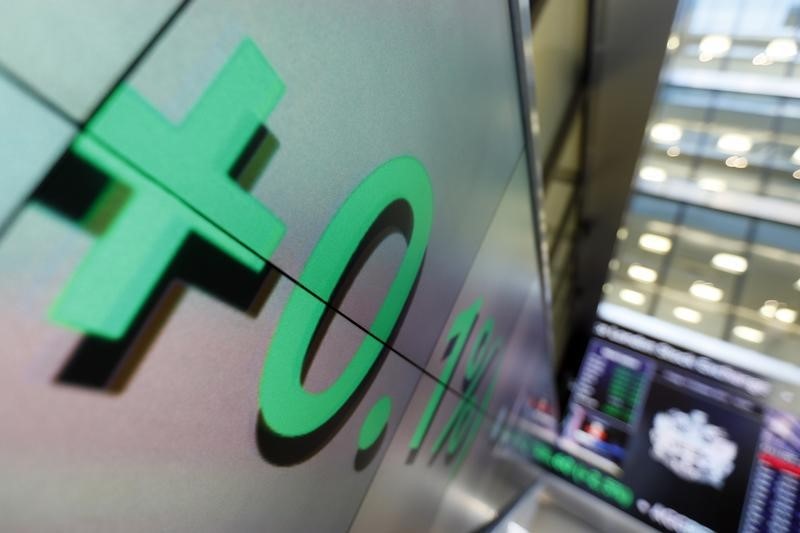Investing.com — European equity markets opened higher on Friday, with investors closely monitoring the intensifying conflict between Russia and Ukraine.
At 3:23 ET (8:23 GMT), Germany’s DAX had risen 0.6%, France’s CAC 40 had increased by 0.5%, and the UK’s FTSE 100 had gained 0.7%.
Russia escalates conflict with hypersonic missile strike on Dnipro
On Thursday, Russian President Vladimir Putin reacted to the U.S. and U.K.’s decision to enable Kyiv to target Russian territory with Western weaponry by launching a hypersonic ballistic missile at the Ukrainian city of Dnipro.
This strike represents escalation in the nearly three-year-long conflict and follows recent indications that Russia has reduced its threshold for deploying nuclear weapons.
Germany’s Q3 economic growth revised down as exports fall
Germany’s economy expanded at a slower pace than initially estimated in the third quarter, according to data released by the statistics office on Friday.
The country’s gross domestic product (GDP) grew by 0.1% compared to the previous quarter, a slight downward revision from the earlier estimate of 0.2% growth.
Household spending increased by 0.3% quarter-on-quarter, while government expenditures rose by 0.4%. However, investment fell, with spending on machinery and equipment falling by 0.2% and construction investment dropping by 0.3%.
Exports also weakened, with goods and services seeing a 1.9% decline from the second quarter. The statistics office said that exports of goods, in particular, fell sharply, registering a 2.4% decrease.
Commodities, bitcoin rise on geopolitical tensions
Crude oil prices rose on Friday, driven by escalating tensions in the Russia-Ukraine conflict, which overshadowed recent increases in U.S. crude stockpiles.
At 3:23 ET, Brent crude oil had risen 0.8% to $74.81 per barrel, while West Texas Intermediate (WTI) crude oil had increased 0.9% to $70.70 per barrel.



